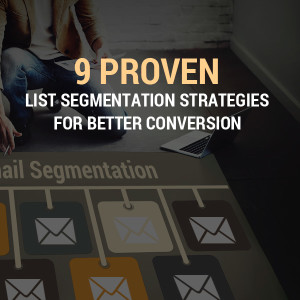 You have a new subscriber.
You have a new subscriber.
But you can’t celebrate yet. You only have a name and email address, and whether that info leads to a conversion depends on the emails you’ll send this new subscriber.
In email marketing, they say you should write as if you’re speaking to the individual, not the crowd on your subscribers list.
How can you ‘speak to the individual’ without spending hours emailing your subscribers one by one? It’s easy if you segment your email list.
With email list segmentation, you have unlimited ways to divide your email list so there’s no excuse to keep sending mass emails.
Creative Email List Segmentation Strategies
1. Survey Results
Less is more is the popular mantra when it comes to opt-in boxes. Asking readers to answer lots of questions will send them bouncing off to another site.
So how can you get information to personalize your emails and offers to them? How can you even segment your readers if you don’t know anything aside from their name and email?
Send them a survey!
Ask why they signed up and what kind of content they’d like to get from you. Don’t just create a list of questions and send it off straight away. Make sure the questions are tied to a specific marketing goal, such as leading your subscriber into a sales funnel, or figuring out what kind of product to offer them.
You’ll also get more responses if you offer an incentive to answer the survey, such as a raffle entry or a discount.
2. Job Title
Your subscriber’s job title can tell you whether he’s just researching information for a task, or has the power to make purchasing decisions for his company. This should affect the type of emails you’re sending them.
3. Shopping Cart Abandonment
A customer is about to purchase, and then for some reason, they don’t push through. Abandoned shopping carts are a huge challenge for e-Commerce stores.
With email segmentation, you can send targeted emails to these shoppers to nudge them into continuing their purchase. Your email can also include a survey link to find out why they didn’t go through with the purchase.
Maybe the customer found a better deal elsewhere, or they experienced a glitch in your online store—whatever the reason, fixing it will help you avoid future losses.
4. Previous Engagement Rate
A subscriber’s engagement and open rate will clue you in on who’s more interested—or have more time—to read your content.
With this data, you can convert more engaged subscribers with exclusive deals like discounts and early access to your programs. Less active subscribers can be further segmented to identify if they’re just busy, or just a few weeks from turning into a cold lead.
5. Past Purchases
Use a subscriber’s past purchases to determine the topics and products that him. For instance, if a subscriber previously purchased your book about investing in stocks, that signals he might be interested in your articles about other high-risk, high-profit investment options, like P2P lending or Forex trading.
6. New Subscribers
Don’t just send new subscribers the freebie they asked for. Send them a welcome email—or a welcome sequence if you’re up for it.
If you have an online store, you can send subscribers a discount or bonus like what Shopback did.
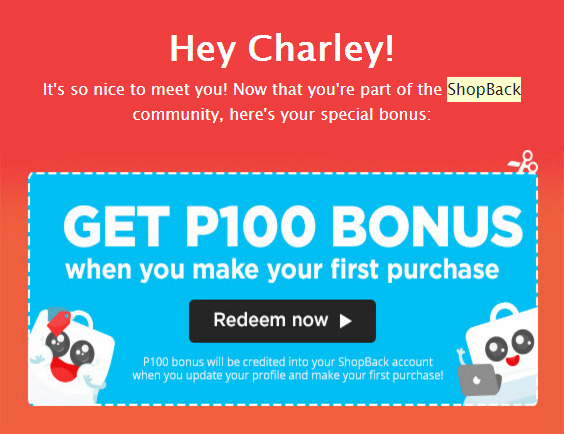
If you have an SaaS or an online app, you can send a welcome email and invite new subscribers to it. Here’s how Buffer encouraged new subscribers to use their browser extension.
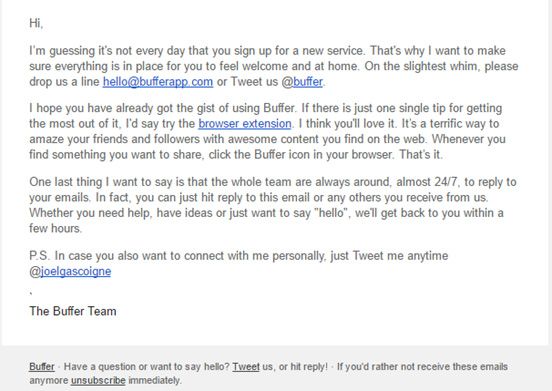
7. Reading History
Ask your readers how they like to read their emails, and how often they want to hear from you. Budget airline Cebu Pacific, for example, gives readers a way to manage their subscription, so they’re not forced to unsubscribe if some of the emails aren’t relevant to them.
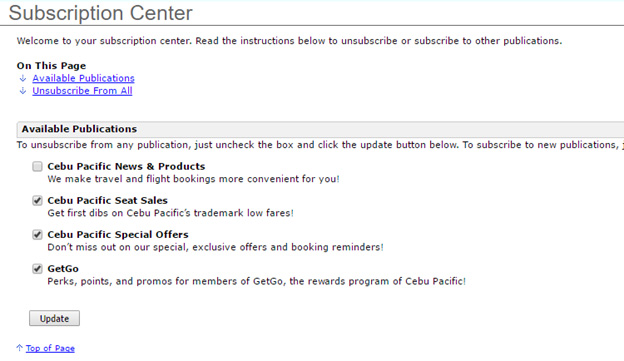
8. Location
Segmenting emails based on location helps business owners avoid marketing in locations where they don’t do business, or stepping on their colleague’s territory in the case of national franchises.
Meetup, an international website where users can post about events and gatherings, segments users based on their location. They only send users emails about meetup groups within their location and the groups they’ve joined, if any.
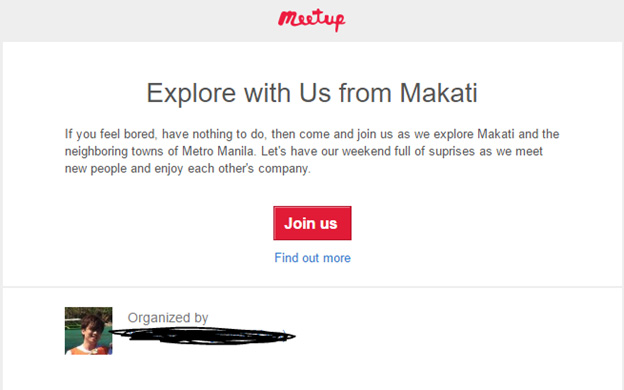
9. Lead Magnet or Opt-in Freebie
Do you have several magnets to entice readers to subscribe? You can use that to segment your email list.
For instance, Noah Kagan at OkDork offers different freebies at the end of his blog posts. There’s one about getting more traffic, another on getting more subscribers, and a bunch more on different topics. These lead magnets can be used to segment subscribers, so he can send them content related to what they’re interested in, which he probably already does.
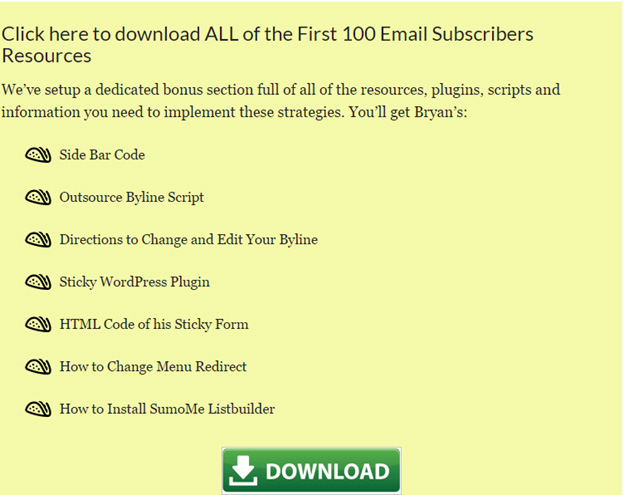
Get Creative with Email List Segmentation
Use these ideas as a stepping stone for more in-depth and creative segmentation strategies. Experiment with different segmenting techniques to see which works best for you. Granted, you might lose a couple of subscribers because of this. But once you get it right, you’ll convert more subscribers and earn more leads than what you lost before.
